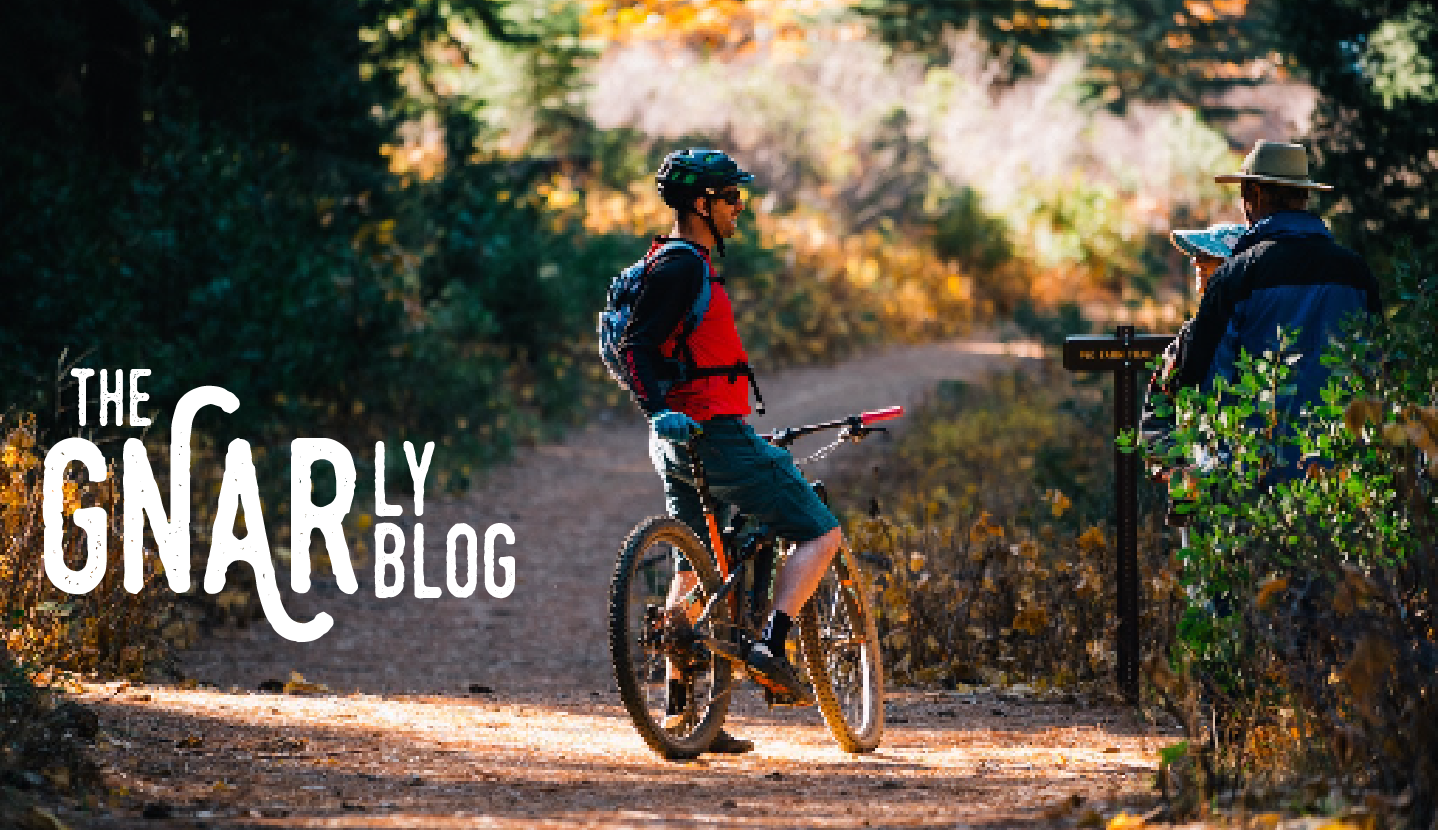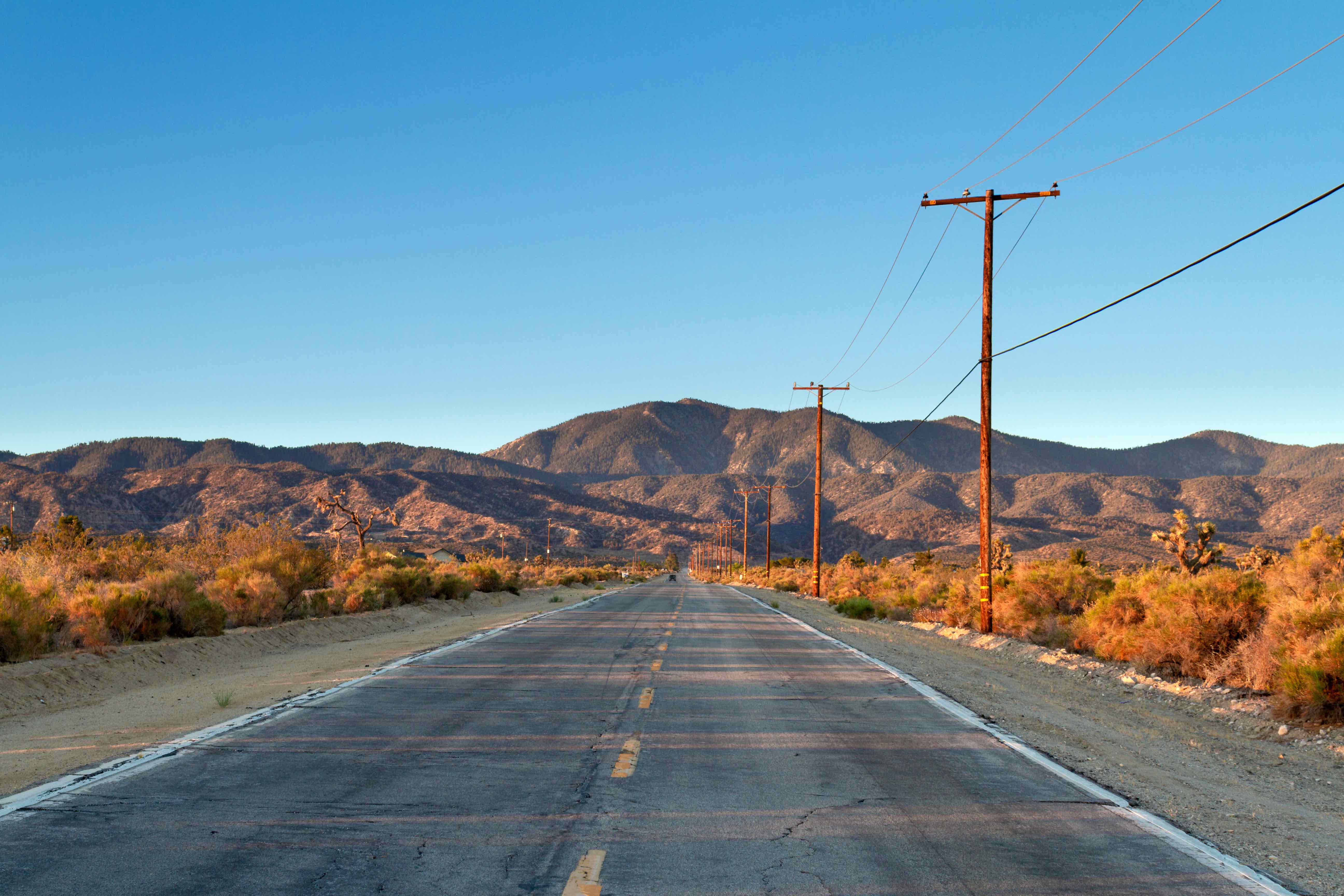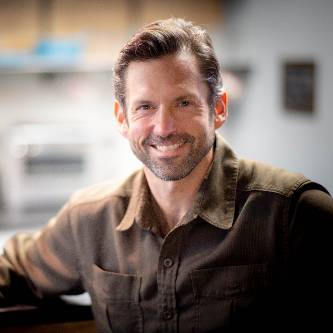
Can Outdoor Recreation Development Strategies Save Rural California?
By: Aaron Wilcher, aaronwilcher@gmail.com
My colleague Fran Faulkner and I conceived of the idea to do research on the connection between outdoor recreation and community and economic development on Amtrack’s California Zephyr from Green River, Utah. We were ending a mountain bike hut trip from Durango to Moab, and taking the Zephyr back to California. We had an eight hour train ride, and no sleeping car reservations or deck of cards. So we talked.
We had been following the outdoor recreation movement and the establishment of state recreation departments around the country. We talked about the viability and shape of outdoor recreation as a development strategy. Could it serve as a policy and investment framework that could benefit rural communities that had for decades been in decline, or was it just a heads-in-beds tourism or manufacturing sector strategy repackaged?
Fran and I started the project we ended up calling “Sustainable Advantage” thinking we would identify communities and projects that had successfully incorporated outdoor recreation as a development strategy. We quickly realized that the story of outdoor recreation and the needs of California’s rural communities are much more complex than simple cut-and-paste project templates.
The 30 community and agency leaders we interviewed from the Sierra region and rural Northern California took us on a journey that amounted to a primer on local and regional planning and development in rural California. We conducted the interviews before the onset of the pandemic. We released our paper in conjunction with the California State Parks Trails and Greenways Conference on a national webinar put together by American Trails in Spring 2020.
For this blog, I reflected on our paper, and several outdoor recreation conferences I attended in 2021. I summarize some of our findings, and reflect on opportunities for outdoor recreation to benefit local, rural community and economic development in several key ways by,
-
- Refining definitions and disseminating case studies and toolkits.
- Building planning capacity, and connecting to influential organizations in metro areas.
- Focusing on quality-of-life, placemaking efforts to diversify local economies.
1. For outdoor recreation to be adopted into local and regional planning frameworks, the public and local practitioners need clearer, implementable definitions and toolkits.
Given the complexity, and newness, we can’t expect local officials to have outdoor recreation well articulated, let alone have adopted it into their plans and initiatives. Outdoor recreation holds the potential to be a crisp, understandable concept that the public and officials can get behind. But the movement’s leadership needs to do more work to synthesize the concept and disseminate it through various means, including case studies, model plans, and professional training.
Many of our interviewees said that outdoor recreation was a key priority, but they described it in “you-know-it-when-you-see-it” terms. Practitioners’ lack of understanding may relate to the cascade of existing and emerging policy definitions, frameworks, and research definitions around “rural” and concepts of outdoor recreation. It also reflects the general complexity of the fields, agencies, and projects you can put into the Venn diagram of outdoor recreation.
So outdoor recreation is a sticky concept. It’s also an emerging one. To be effective as a framework, outdoor recreation needs more refinement, expansion of case studies, and dissemination to the professions and to officials. This toolkit developed by Chris Perkins at the Outdoor Recreation Roundtable is one of the best examples. The movement could use a range of people working on similar efforts from different disciplines and viewpoints.
2. Those rural California regions that will benefit the most from outdoor recreation strategies need to be empowered to work with metropolitan regions and legislators in the state capital to envision and implement their future. 
The future outcomes of metropolitan, suburban, and rural California are inextricably linked. Outdoor recreation’s potential is also linked to effective rural development. Affordable housing, regional economic equity, wildfire impacts, watershed management, and climate adaptation, all existential threats to California’s urban areas, depend on planning and project implementation in rural areas of the state. Outdoor recreation can be a key part of addressing these issues.
Our interviewees continually told us that Sacramento and industry titans have largely ignored rural communities. This oversight has led to a vicious cycle: attempts at initiative development or investment are met with a lack of local capacity and planning infrastructure to engage and plan for projects. Worse, many communities feel invisible to decision makers in Sacramento or investors in far-off board rooms Our paper did not catalog the array of problems and solutions that face rural developers, but our interviewees led us to key takeaways for building capacity and infrastructure to prepare for rural California’s future that will include outdoor recreation strategies. These included the following:
Build and enhance local and regional rural planning capacity
Interviewees also chafed at the planning challenges they faced to corral stakeholders and the public to build institutions, get funding, and plan and realize projects. Outdoor recreation projects often involve community-scale, multi-jurisdictional, multi-agency efforts like trail infrastructure that crosses county lines and regional transportation projects to mitigate park and trailhead overcrowding.
Rural regional planning authorities are understaffed and under-resourced, when they exist at all. County governments can serve as the de facto regional planning entity, but they are seldom equipped to deal with the magnitude of large scale planning, connecting with external stakeholders, and navigating the intricacies of state politics and government.
California and its rural communities should envision and invest in new and enhanced regional planning authorities to ensure effective community engagement and initiative investment portfolios.
Powerful urban environmental and business groups should adopt upstream rural and outdoor recreation initiatives
We constantly wondered if a small office of outdoor recreation fashioned in the mode of the Confluence Accords states would well serve a state the size of California. The vast complexity of California’s public and private investment landscape may not lend itself to an effective state-level coordinating outdoor recreation office, as Governor Brown's administration seems to have concluded.
There are many examples of regional organizations that have adopted initiatives to connect issues of the environment and economy in rural and urban regions. Here are a few:
- The Sacramento Council of Governments (SACOG), the Sacramento region’s Metropolitan Planning Organization (MPO) adopted an ecosystems services style of land use valuation to protect agricultural lands and other working landscapes.
- CAFwd (“California Forward”), a state-level economic development planning and policy group, has had various iterations of rural development initiatives that have sought to connect regional economic equity, environmental issues, and to bridge the gap between rural and metropolitan California.
- The Sierra Nevada Conservancy connects environment and community throughout its planning and programs. Backed by California’s Prop 68 dollars, the agency created a strategic and funding initiative to benefit local rural economies, Vibrant Recreation and Tourism.
- The University of California’s Agriculture and Natural Resources Division supports an Agritourism technical assistance program through its cooperative extension and UC Davis Sustainable Agriculture Research & Education Program.
Rural communities and state partners should empower thought leaders and change makers in their communities; people and organizations we call “community catalysts.”
Future community visioning for planning and development should be grounded in community pride, identity, culture, and history. Those are fundamental planning principals.
But many of our seasoned interviewees were bemused by the immovable local attitudes of many of the rural communities they work in. Many of our interviewees bore scars from decades of trying to incite planning in communities that did not possess the capacity to organize around new ideas and move them forward.
The solution comes in the form of culture change, and innovation from the individuals and organizations we called “community catalysts.” Our interviewees identified trusted change makers, who battled to make room for new projects and organizations. These stories amounted to grassroots revised visions of the future that eventually caught on. More needs to be done to elevate rural community catalysts who are driving outdoor recreation efforts.
3. The highest use of outdoor recreation as a rural development strategy is in placemaking and quality-of-life projects. Creating and enhancing outdoor recreation amenities make places livable for residents and attracts knowledge workers in wealth-generating industries.
Economists and other researchers have written about the vast disparities in economic and population trends, based on rural urban divides, and other regional geographic factors. For years, studies have found a correlation between “natural resource amenities” and population and job growth in rural counties. Outdoor recreation has a clear role to play in diversifying rural communities that have long been dependent on extraction industries and tourism.
But several interviewees pushed back against outdoor industry sector initiatives for struggling rural places. Generally, they said that creating sector initiatives in places with a lack of basic physical or planning infrastructure or business support system puts the cart before the horse.
Instead, they made convincing cases for outdoor recreation strategies that took comprehensive approaches to revitalize transit, trails, downtowns, shopping, wayfinding, and other public and private engagement and education programs. They didn’t use the term, but they were describing what is known as placemaking. Community and economic development should focus on creating a place that is broadly appealing to existing residents, and attractive to “knowledge workers” outside the region from wealth-generating industries: technology, research and development, business and technical consulting services, and manufacturing.
Outdoor recreation amenities aren’t a sideline part of strategy in many rural cases: it’s the feature attraction. Knowledge worker strategies involve developing entrepreneurial ecosystems with venture funds, coworking spaces, and incentives for remote workers. The rage around remote work and footloose workers may turn out to not be able to buck domination of the global technology metropole. But places like Vermont and West Virginia with rural relocation initiatives that highlight quality of life and outdoor recreation amenities aren’t waiting around to find out if doubtful observers are correct. California would do well to formalize rural development strategies and templates that incorporate best practices around the country and the priorities of the communities themselves.

AARON WILCHER works on economic and workforce development as a researcher and program director. He works with community colleges and universities, workforce development boards, local, state and federal agencies, business services and industry associations, and regional planning and civic leadership organizations on development strategy and program implementation. He holds master’s degrees from UC Berkeley in City Planning (DCRP), Community and Economic Development, and from Saint Louis University in American Studies, and is a Certified Community and Economic Research Professional (CERP) from C2ER. He was a competitive cyclist for 13 years and is an avid backcountry skier. To learn more, join Aaron at LinkedIn https://www.linkedin.com/in/aaronwilcher/ and visit his website https://www.aaronwilcher.com/

